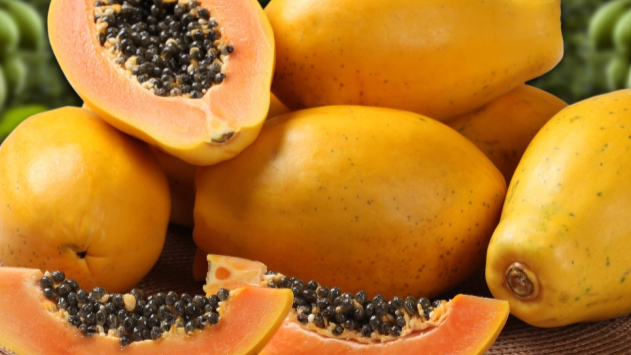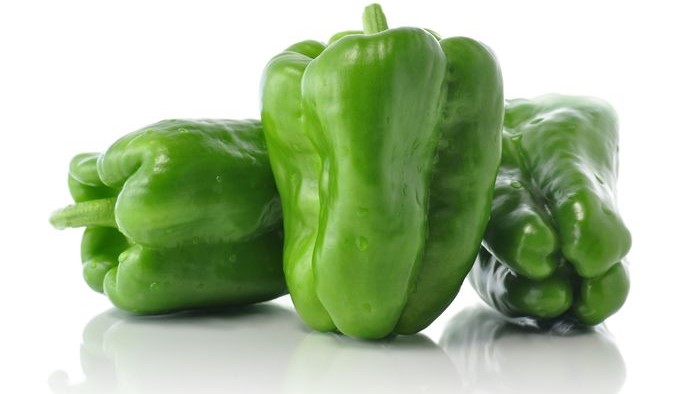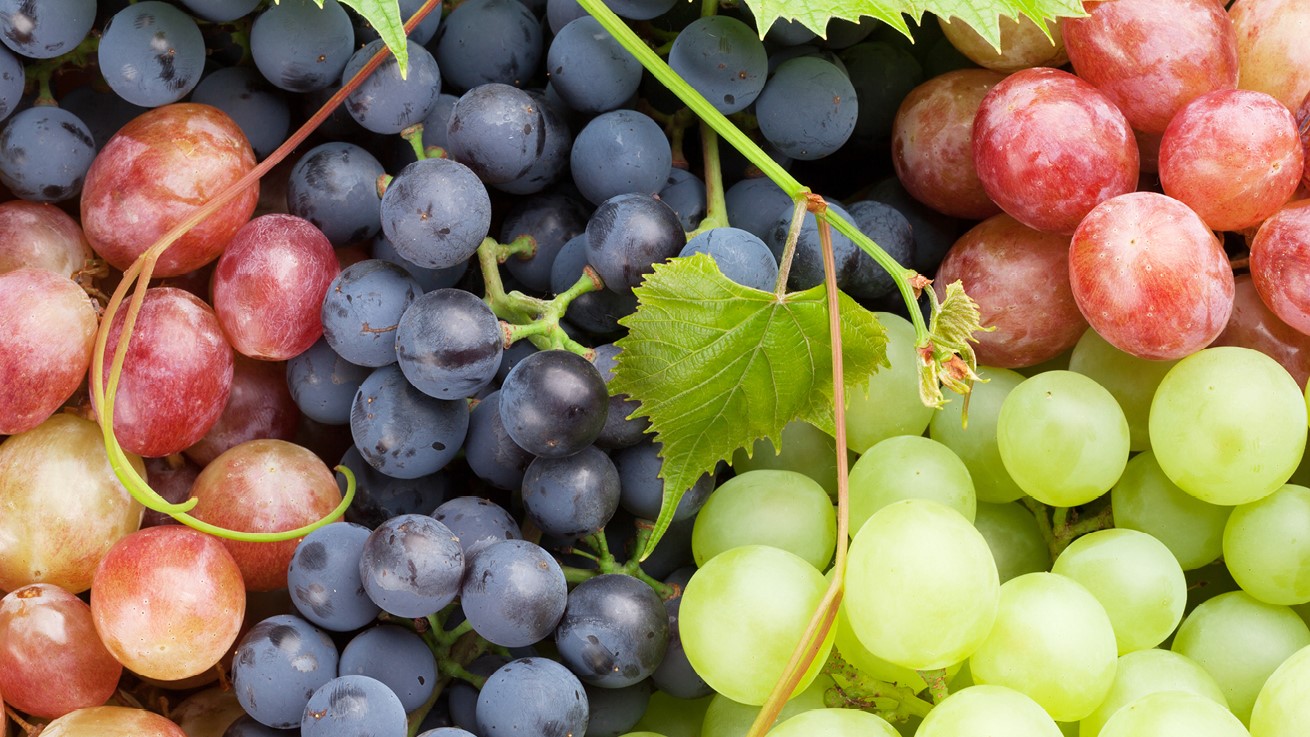Actualidad
Brassinosteroids: Potential Uses in Postharvest Technology
Brassinosteroids are classified as phytohormones and are involved in multiple processes of interest during cultivation and postharvest
Brassinosteroids are steroidal plant hormones that promote plant development and can trigger specific responses against adverse environmental conditions. Therefore, these substances are widely used exogenously in crop cultivation. However, their application is not yet included in the usual list of postharvest practices.
Brassinosteroids are classified as phytohormones; structurally, they are similar to animal steroid hormones and, like their animal counterparts, regulate the expression of multiple genes, intricate metabolic pathways, and the programmed development of morphogenesis.
Brassinosteroids can appear in free form or conjugated with sugars or fatty acids, and they are non-toxic and environmentally harmless. Due to this, they are widely used to increase the yield of horticultural crops.
Presence and Role in Plants
Brassinosteroids are present in various parts of plants, such as seeds, roots, stems, leaves, and fruits. Their deficiency affects cell division, leading to abnormal development in the absence of light (sterility, altered photomorphogenesis, etc.).
They play a crucial role in other processes such as the development of ovules, anthers, and pollen, leaf erectness, seed size, flowering, and fruit development.
Moreover, brassinosteroids are involved in numerous processes, including seed germination, stomata formation, and stem elongation in the presence of light.
They also regulate, to some extent, tolerance to biotic and abiotic stress, including salinity, heat, cold, and drought, as they induce stress-responsive genes through a signaling cascade. They mediate adaptive responses, activate antioxidants, and positively regulate osmoprotectants.
Extensive research has revealed that, while exogenous 24-epibrassinolide (a type of brassinosteroid) can significantly increase yield in various plant species, results may vary depending on environmental factors, application methods, and plant developmental stages.
The two most commonly used methods in the field are dipping and foliar spraying. In postharvest, dipping is becoming the preferred method for brassinosteroid application.
Obtaining Brassinosteroids
Since isolating and identifying these natural substances is costly, synthetic or semi-synthetic brassinosteroids have been evaluated in recent years.
When used in the field, natural brassinosteroid treatments degrade rapidly. Several analogs have been synthesized, and the actions of some have been experimented with. For instance, synthetic spirostanic brassinosteroids like DI-31 (or BB-16) and DI-100 resist degradation better than natural forms.
DI-31 is a polymer of acrylamide and DI-31 hemi maleate. This compound has a slower release rate of the active ingredient and may eventually have more prolonged physiological effects.
Considering the structure of brassinosteroids, alternative functional groups, such as hydroxyl, could be replaced with fluorine at position 2, resulting in higher activity. Although the use of synthetic alternatives to natural brassinosteroids could be questioned, exploring the structure-function relationship is a step forward in understanding their effects and aims to find substances with similar functions that can be produced in larger quantities and at lower costs.
Structure of a Brassinosteroid
Modes of Action and Effects
The brassinosteroid signaling cascade has been discovered through genetic and biochemical research. Molecular components, including surface receptor kinases and nuclear receptors, have been identified as recognizing brassinosteroids and regulating transcription factors.
Recent studies have demonstrated various ways phosphorylation modifies brassinosteroid transcription factors and identified several proteins as signaling components of these compounds. Crucial transcription factors involved in brassinosteroid signaling are BZR1 and BES1, which serve as regulators of multiple signaling events for plant growth and development. Brassinosteroid-deficient mutants exhibit constitutively abnormal phenotypes.
When brassinolide, the most common brassinosteroid, is absent or present at concentrations below a certain threshold, it does not inhibit the biosynthesis of the brassinosteroid pathway. There is a considerable gap between the receptor complex and subsequent signaling events in the brassinosteroid signaling pathway.
In recent years, some authors have proposed various mechanisms for brassinosteroid export from plant cells: active transport, free diffusion, and a secretory pathway via the endoplasmic reticulum.
Although the role of brassinosteroids in regulating plant immunity is well known, the specific mechanisms of action and their influence on plant susceptibility or resistance to diseases largely depend on the species and how they respond to pathogens, insects, or similar threats.
The role of brassinosteroids in the synthesis of reactive oxygen species (ROS) and antioxidants has been studied, and the interaction between brassinosteroids and ROS appears ambiguous. Foliar application of brassinosteroids significantly increases heat stress tolerance by increasing the expression of genes involved in the formation of the nicotinamide adenine dinucleotide phosphate (NADPH) cofactor and homologous genes of respiratory oxidase, a crucial enzyme related to ROS production. Brassinosteroid signaling mediates NADPH for ROS production, activates mitogen-activated protein kinases, and triggers protein phosphorylation targeting specific cellular protection genes.
These ROS also mediate cold tolerance. Brassinosteroid-induced ROS generation is essential for developing stress tolerance.
On the other hand, brassinosteroids can also promote increased antioxidant content and ROS scavenging, depending on the plant's age and tissue type.
Sources
Massolo, J. F.; Díaz, A. A. (2024). Brassinosteroid biology, potential uses in post-harvest technology, and future challenges. Postharvest Biology and Technology, 212: 112853.
Images: https://mundoagropecuario.com/avance-significativo-realizado-en-la-tecnologia-de-forma-de-cristal-de-los-brasinoesteroides-naturales-reguladores-del-crecimiento-endogeno-de-las-plantas/ Accessed on 01/06/2024.
https://www.eladerezo.com/salud-y-bienestar/verdades-y-mitos-sobre-las-frutas-y-las-hortalizas.html Accessed on 01/06/2024.












